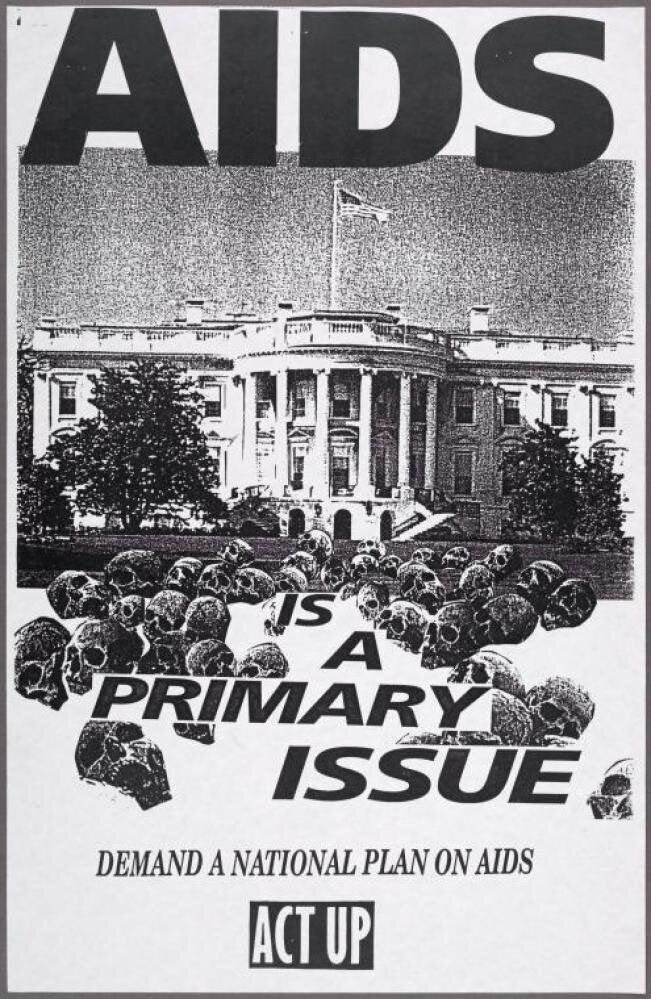
There have been a number of films and documentaries in the last year or so that recount the early days of the HIV epidemic among gay men in the United States. Two of these, United in Anger and How to Survive a Plague document how gay men and those that love us rallied together, fuelled by anger, outrage and fear, to urge governments, the medical and research establishments, and society-at-large to respond to a health emergency that was rapidly and brutally claiming the lives of so many. While these historical depictions were focused on New York City for the most part, the early epidemic among gay men in Canada shares many of the same elements. Chief among them is the community response.
In Canada, one clear legacy of the community response is the AIDS service organization or ASO. ASOs are not-for-profits that have formed the backbone of the HIV movement and have contributed considerably to HIV prevention, care, and support. As much as the HIV epidemic has changed, so too has the typical ASO.
In the early days, the response to the epidemic was driven by those who were most affected, and the subsequent formation of community organizations was deeply rooted at a grassroots level within the communities that formed them. Programs and services relied heavily, if not entirely, on passionate and dedicated volunteers. Financing came from events and private donors before it came from government and foundations. Board seats were filled with people close to the epidemic and annual general meetings were rich, vibrant, and often contentious events that rallied members and stimulated a continuous thinking and rethinking of agendas and approaches.
There was a strong sense of community ownership. Community members were volunteers. Volunteers were members. Members were clients. Clients were volunteers. A kind of critical mass was achieved at the time that fuelled HIV prevention efforts, challenged stigma, and simultaneously advanced massive advocacy efforts. Toronto's own AIDS Action Now! and New York City's ACT-UP were at the forefront of the response to HIV, and members mobilized with anger, agility, and compassion.
Without a doubt the early model of community organizing came with enormous challenges -- things were not always rosy. But one thing is clear: in urban gay communities HIV work was a community activity, a rite of passage for many and a catalyst for community cohesion. While some organizations can still claim such a vibrant and sustained connection to community, I'd hazard to say they represent the minority.
Many ASOs are now highly professionalized institutions in their own right, with stronger ties to governments and foundations that provide financial resources, rather than to the communities of people that organized to create them in the first place. Thinking back on the history of these organizations, now may be the right time to acknowledge that the ability of many of our community ASOs to engage with communities the way they did in the past is grossly insufficient.
This is not an attack on ASOs or on their staff and volunteers. It's a reality check. Almost 32 years into an HIV epidemic in Canada and gay men, a group that represents a very small proportion of the Canadian population, still represent the bulk of new HIV infections. Our response has been splintered and scattered and has suffered from a lack of cooperation and collective leadership.
To this day, there are still no gay-specific ASOs in the country -- despite the creation of many other necessary population-focused organizations. Many ASOs that have retained a focus on gay men voice challenges in engaging the community and stimulating their interest in the disease. And many gay men, while believing HIV is an important issue for the community, may identify any number of other health and social issues that rank higher on the scale of importance in their lives. So what is a movement to do?
Perhaps one answer is to keep on keeping on. Keep hammering away until there is a breakthrough and gay men are as convinced of the importance of our work in ASOs as we are.
Another answer is to try something old with dash of something new. HIV is an important issue in the lives of gay men but it's only one of many; one of many issues that are linked together and need to be considered through a new and broader lens. Gay men's health is a broader lens. It's a lens through which we can focus on HIV but not in isolation of the social and rights-based context in which it exists. Gay men's health is also a lens that we can use to see far into the future to a time beyond HIV but a time when other health issues and social disparities may still exist. Like a women's health movement, or an aboriginal health movement, gay men's health is linked to social justice and social change. It's also driven by gay men and depends on gay men to fuel the movement.
The time has come for gay men to once again cooperate in the creation of a movement that can move mountains. It's time for gay men to recognize and value the incredible contribution that ASOs have had in our lives while recognizing their limitations. And it's time to re/discover the power of community participation in the creation of organizations and institutions that speak to us, for us and inspire us to expect more from each other.
